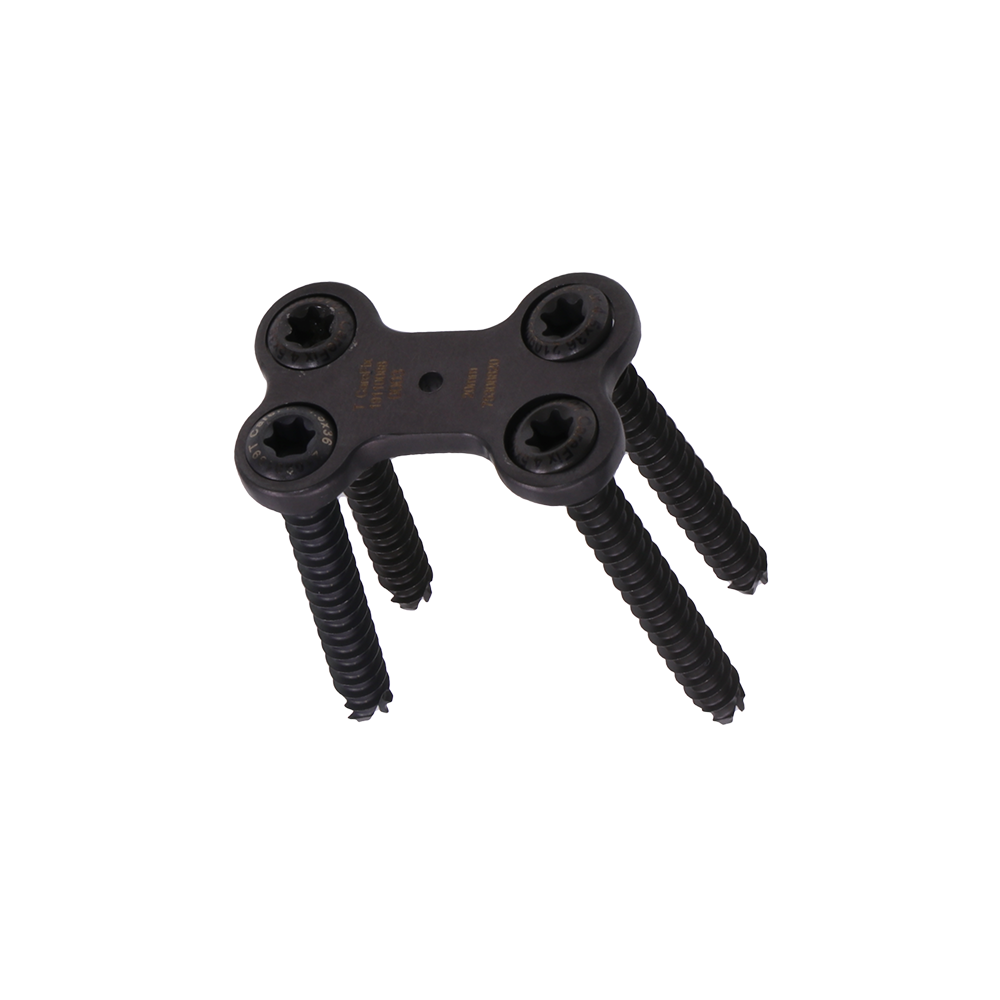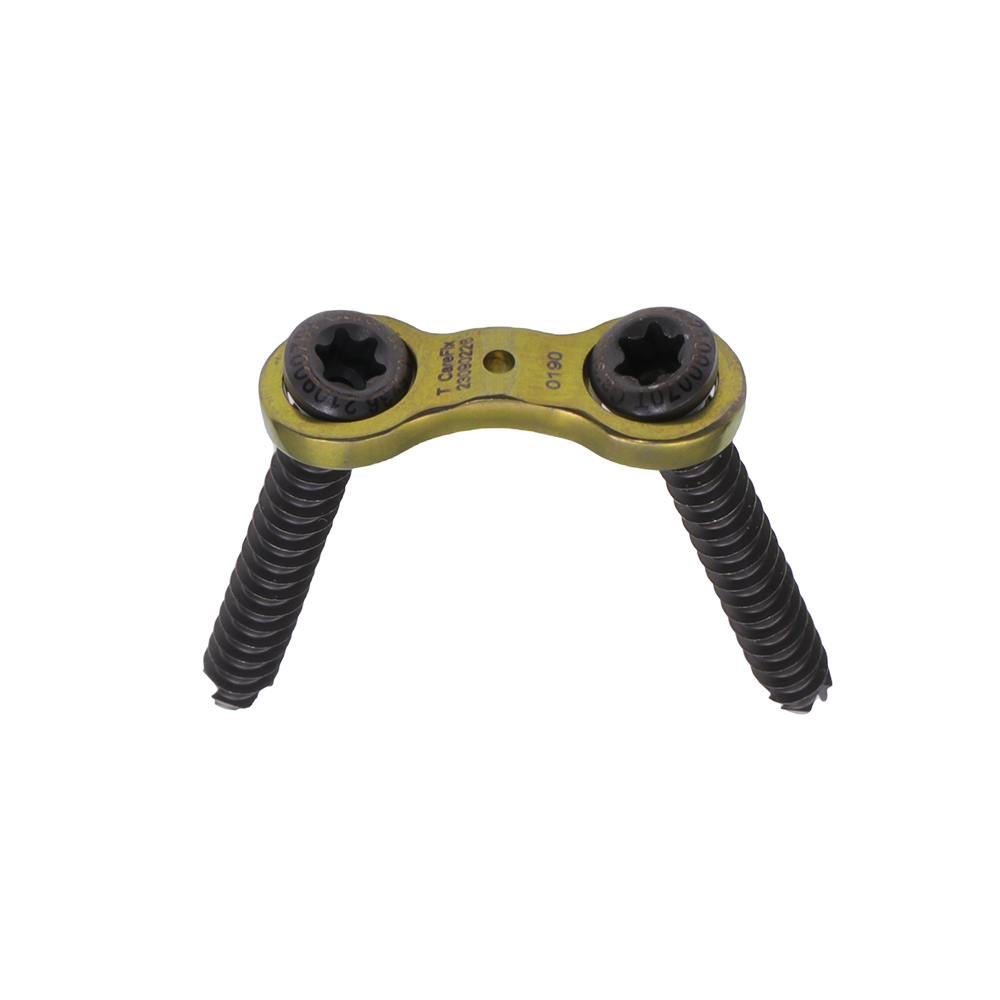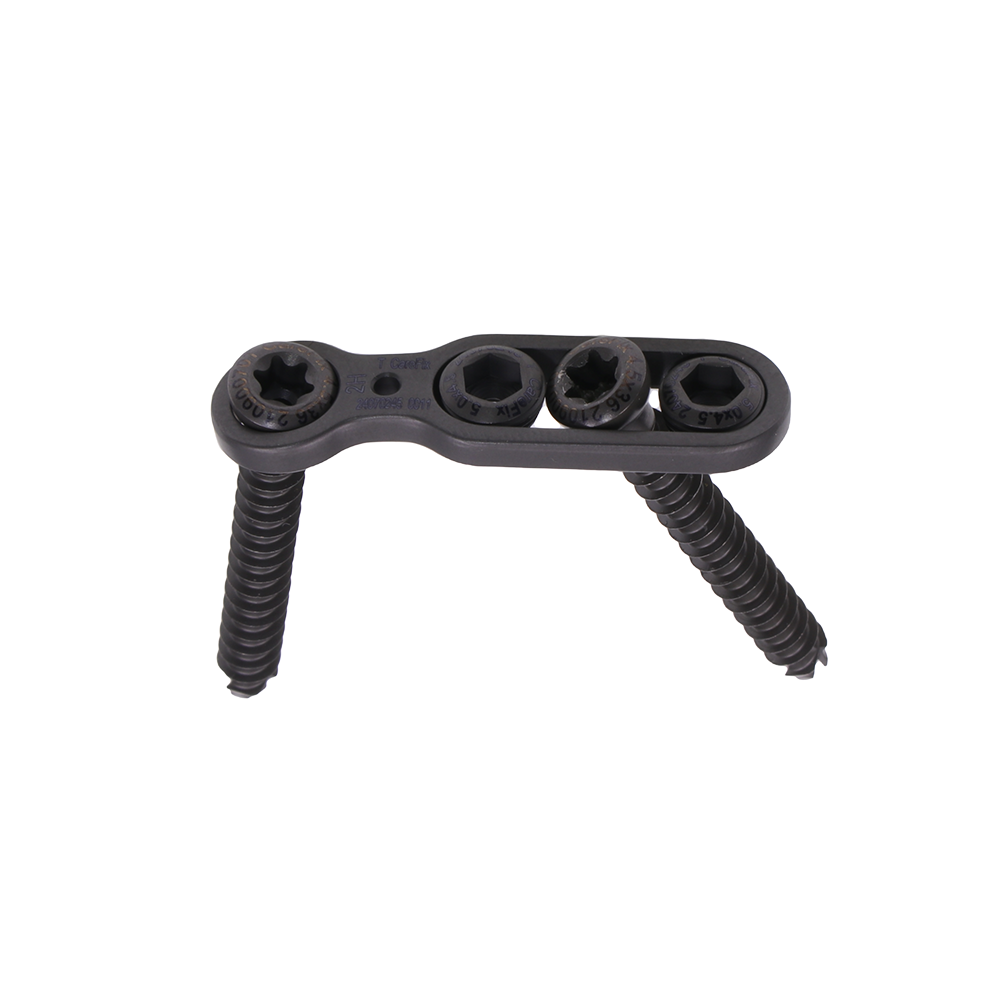plate in orthopedic surgery
The plate in orthopedic surgery represents a fundamental component in modern fracture fixation and bone reconstruction procedures. This medical device, typically manufactured from biocompatible materials such as titanium or stainless steel, serves as a crucial mechanical support system for fractured or surgically modified bones. The plate functions by bridging the gap between bone fragments, maintaining their alignment, and providing stability during the healing process. Advanced technological features include anatomically contoured designs that match specific bone structures, variable angle locking mechanisms that enhance fixation stability, and specialized coating technologies that promote osseointegration. These plates come in various shapes, sizes, and configurations to accommodate different anatomical locations and fracture patterns. Modern orthopedic plates incorporate innovative design elements such as low-profile geometries to minimize soft tissue irritation, multiple screw hole options for optimal fixation placement, and enhanced mechanical properties to withstand physiological loads. They play a vital role in treating complex fractures, correcting deformities, and facilitating joint fusion procedures. The implementation of computer-aided design and manufacturing processes has significantly improved the precision and effectiveness of these implants, leading to better patient outcomes and reduced recovery times.


